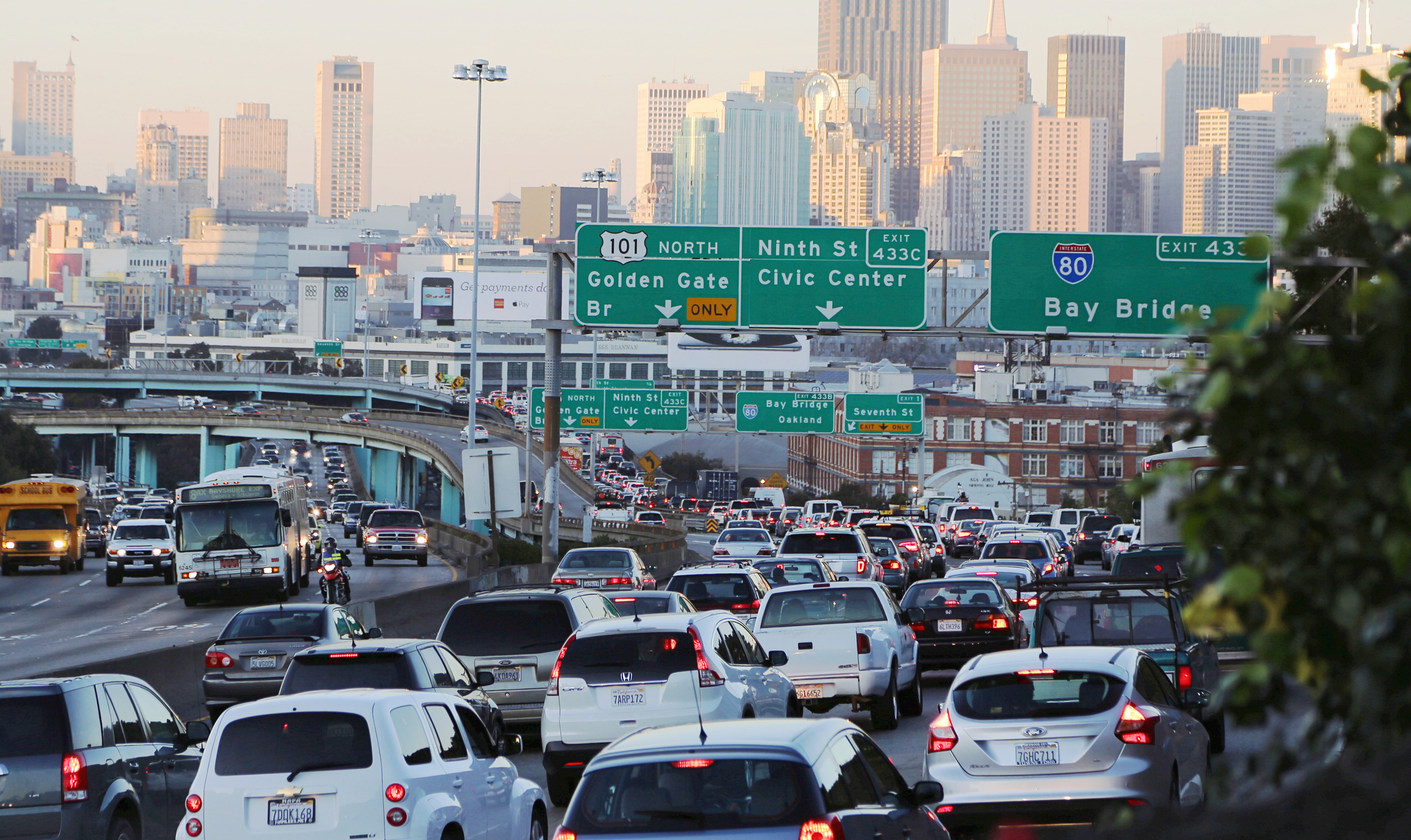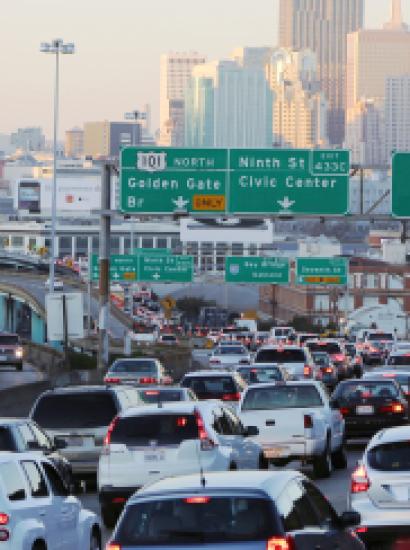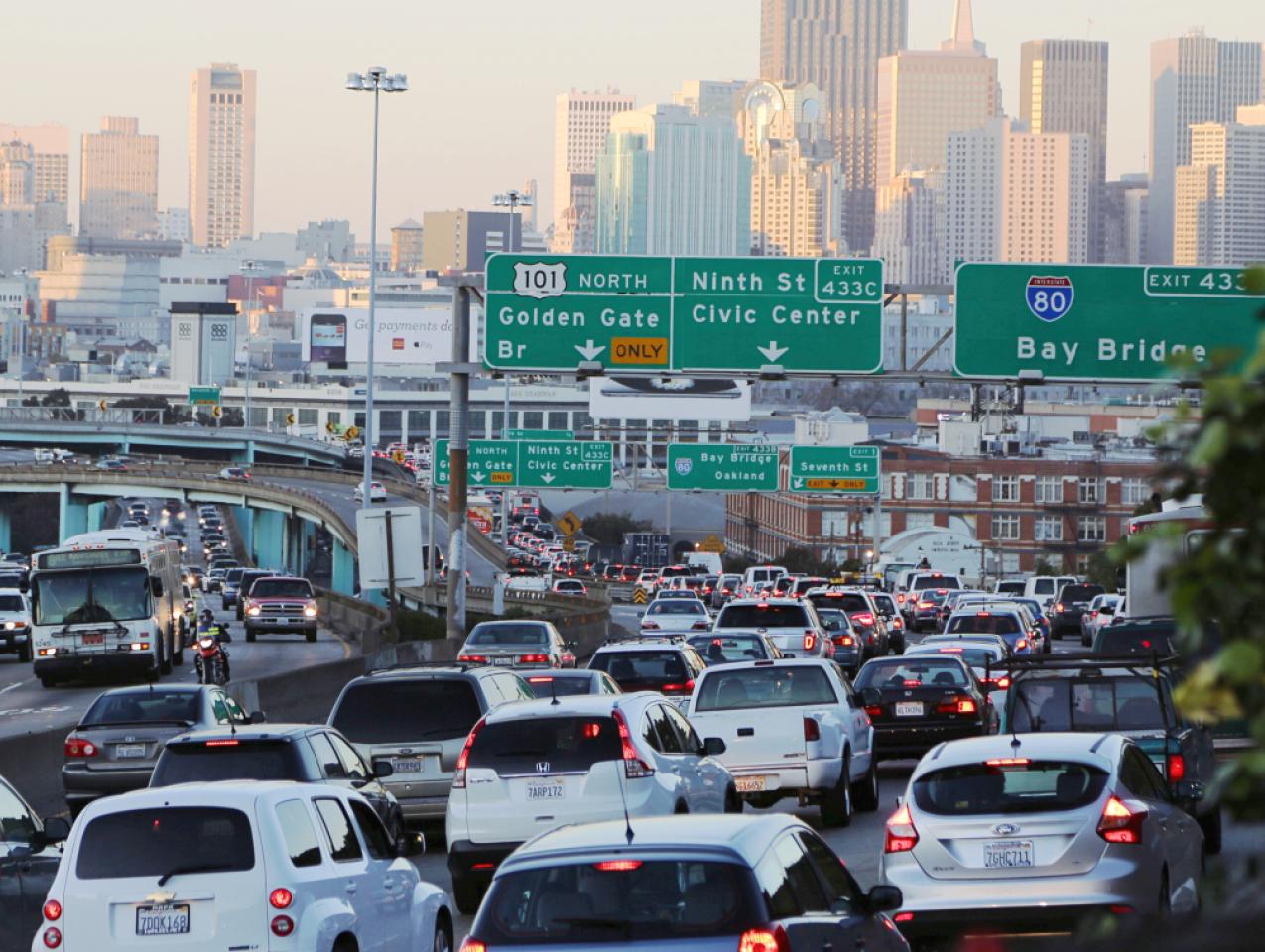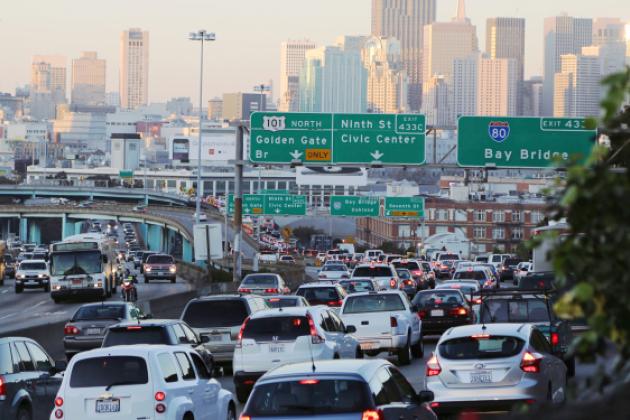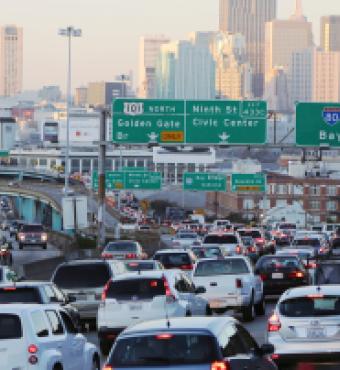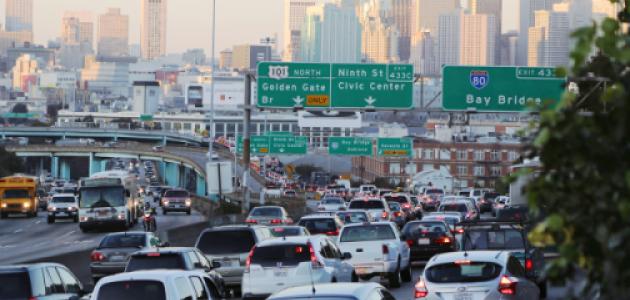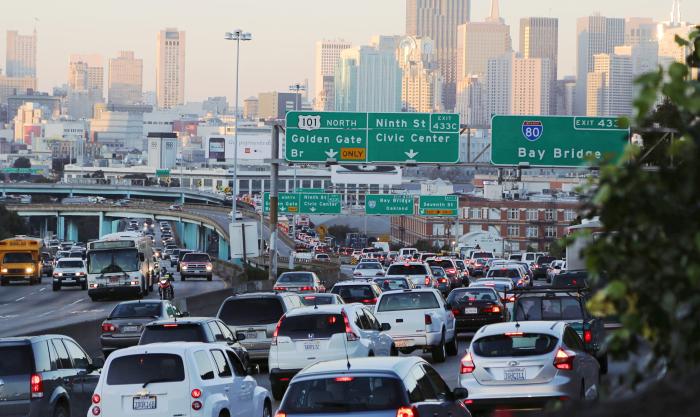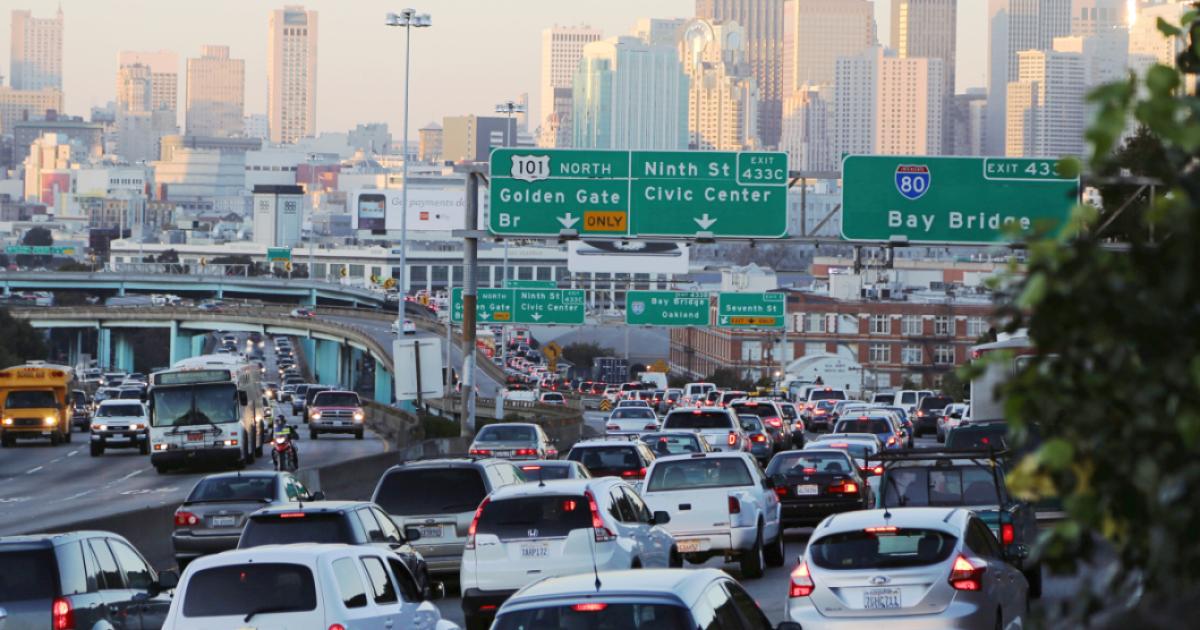- Energy & Environment
- Politics, Institutions, and Public Opinion
- State & Local
- California
Three things I hate getting in the mail: reminders that I’m overdue to see the dentist, my accountant’s annual January missive gently chastising me to get my pay stubs and receipts in order, and California’s Official Voter Information Guide.
Why do I cringe when the latter shows up?
Because it tells me that Election Day isn’t far away (which is true: by the end of this week, some 21 million Californians will have received mail-in ballots). And it forces me to make sense of the various ballot initiatives currently being discussed on the local airwaves.
To its credit, and as the title suggests, the 109-page voters’ guide doesn’t lack for info. When it comes to ballot measures, for example, arguments both in support and in opposition are on full display. Moreover, California’s Legislative Analyst’s Office weighs in with nonpartisan dissections of the matters at issue.
That’s not to say the guide is devoid of partisan spin.
As a Democratic state attorney general affixed titles and summaries to this year’s batch of 12 ballot measures, what you see before you can have a left-of-center twist. Proposition 15, for example, aims to alter the landmark property tax-restricting Proposition 13 (approved by California voters in 1978). Yet the title and summary make no mention of Prop 13—and the word “tax” is buried in a longwinded title (“Increases Funding Sources for Public Schools, Community Colleges, and Local Government by Changing Tax Assessment of Commercial and Industrial Property”).
In the same vein, this year’s Proposition 16 would overturn 1996’s Proposition 209, which banned the use of race-based admissions in California’s public universities. But there’s no mention of Prop 209 in the title or summary (one assumes a conservative AG might’ve slipped in “racial quotas” or “affirmative action,” as opposed to the current AG’s choice of the less pejorative “allows diversity as a factor in public employment, education, and contracting decisions.”
With every statewide election, California’s political purists quibble over the merits of the initiative process. Indeed, it’s a conversation I’ve been a part of for two decades now, since I first joined the Hoover Institution in the summer of 1999.
What I do is, in effect, try to have it both ways: defending the process as both a tradition of West-of-the-Mississippi direct democracy (with Sacramento under one-party rule, it’s a necessary means of promoting conservative ideas) while also admitting to the flaws of putting ballot measures before the public.
And two of those flaws—trickery and obfuscation—are presently are on display every day and night in California, most any time one tunes in to a local television channel.
My two leading candidates when it comes to campaign trickery: the aforementioned Props 15 and 16.
The “yes” side of Prop 15 is running television commercials that suggest voting for the measure puts the screws to plutocrats by closing tax loopholes. But what’s at stake isn’t tax avoidance, but instead a 42-year-old law that establishes a base year value for commercial property assessments.
As for Prop 16, the problem lies with the “yes” side’s insistence that opposing the measuring is tantamount to racism. This ad (title: “We Rise Together”) showcases California senator Kamala Harris (a UC product in that she attended the San Francisco–based University of California Hastings College of the Law), claims a vote for Prop 16 will strike a blow for gender pay disparity, links unnamed opponents of the measure to “those who have always opposed equality,” and includes footage from the 2017 white nationalist march in Charlottesville, Virginia.
In 1996, Prop 209 received a little less than 54.6% of the statewide vote. Recent polling shows Prop 16 with less than one-third support (31% are for it, 47% against and 22% undecided). If the “yes” side has it right, that would suggest a lot of white nationalists on the loose in the same state that hasn’t opted for a right-wing presidential or senatorial candidate since the Reagan era.
As for obfuscation, I turn your attention to Proposition 23 and an ad war over kidney dialysis.
Long story short: Prop 23, if approved, requires a doctor or trained nurse to be on hand at each of California’s 600-plus dialysis clinics whenever a patient’s receiving treatment. Following 2018’s failed Proposition 8, it’s a second attempt by health workers’ unions to change California’s approach to dialysis. Opponents claim that some clinics will be forced to close due to the higher operating costs of the mandated additional staff.
The challenge for voters: it’s a potage of an issue for which quick television ads don’t do justice.
Prop 8, for example, would have required dialysis clinics to issue refunds to patients or their payers (i.e., insurers) for revenue above 115% of the costs of direct patient care and care improvements (such as staff training). Prop 23 is a pushback against two pro-profit dialysis providers—DaVita Inc. and Fresenius Medical Care—who together control about three-fourths of the estimated $3 billion market in California. Should two companies be allowed to corner the market, or be compelled to profit-share? Those are good questions better suited for legislative hearings, not a TV ad flurry.
The outcome from all of this? The state’s legislative analyst says of Prop 23: “For some governing entities, the higher costs due to the measure could reduce their profits, but they could continue to operate at current levels without closing clinics.” The same analysis adds: “Given the higher costs due to the measure, some governing entities, particularly those with fewer clinics, may decide to close some clinics.”
But that’s not the conversation in front of California voters. Instead, they receive television ads promising “clean and safe” dialysis clinics if the measure passes. Countering that? An “education ad campaign” from the “no” side—heart-tugging ads in which dialysis patients claim the initiative’s passage, by shuttering clinics, literally will be the death of them.
It’s a familiar theme in California politics: preying on voters’ emotions. Two presidential elections ago, for example, proponents of Proposition 30 tried to scare schoolkids’ parents into voting for a tax increase by suggesting that, without the extra revenue, California’s school year would be trimmed by two weeks. Also on California’s ballot that year was the anti–death penalty Proposition 34, whose opponents misleadingly claimed that the initiative would let “serial killers, cop killers, child killers, and those who kill the elderly, escape justice.”
To the extent there’s a silver lining in California’s ballot haze, it might be Proposition 22, which seeks overturn a 2019 California law impacting gig workers. Prop 22’s ad campaign features “driver stories”—ride-share and delivery workers explaining why they do the jobs they do and why they want to be left alone by state government.
Assuming the Californians in the ads are as advertised—i.e., no one’s an actor, as has been alleged in another initiative battle where an ad’s veracity is in question—the straight talk is refreshing.
In a state that’s struggled with air quality of late, can we keep the air fresh for what’s left in this campaign cycle?







